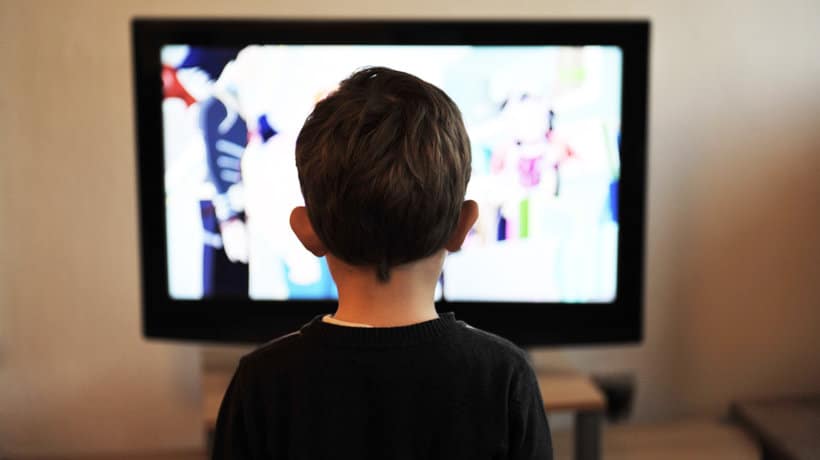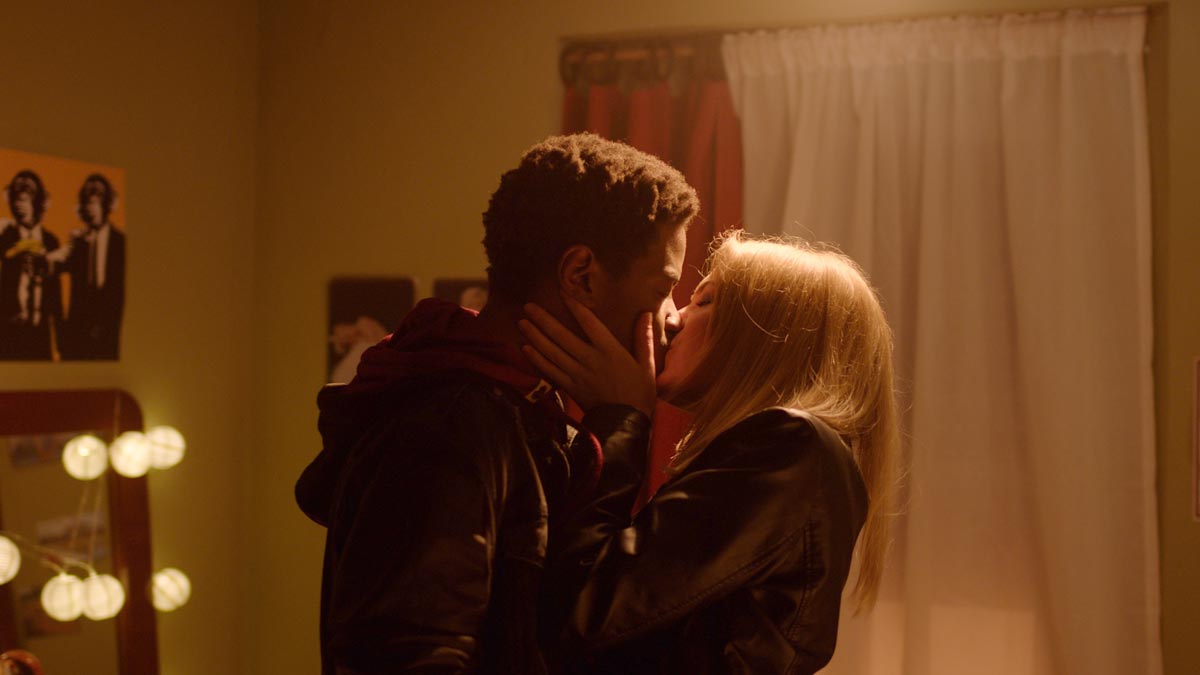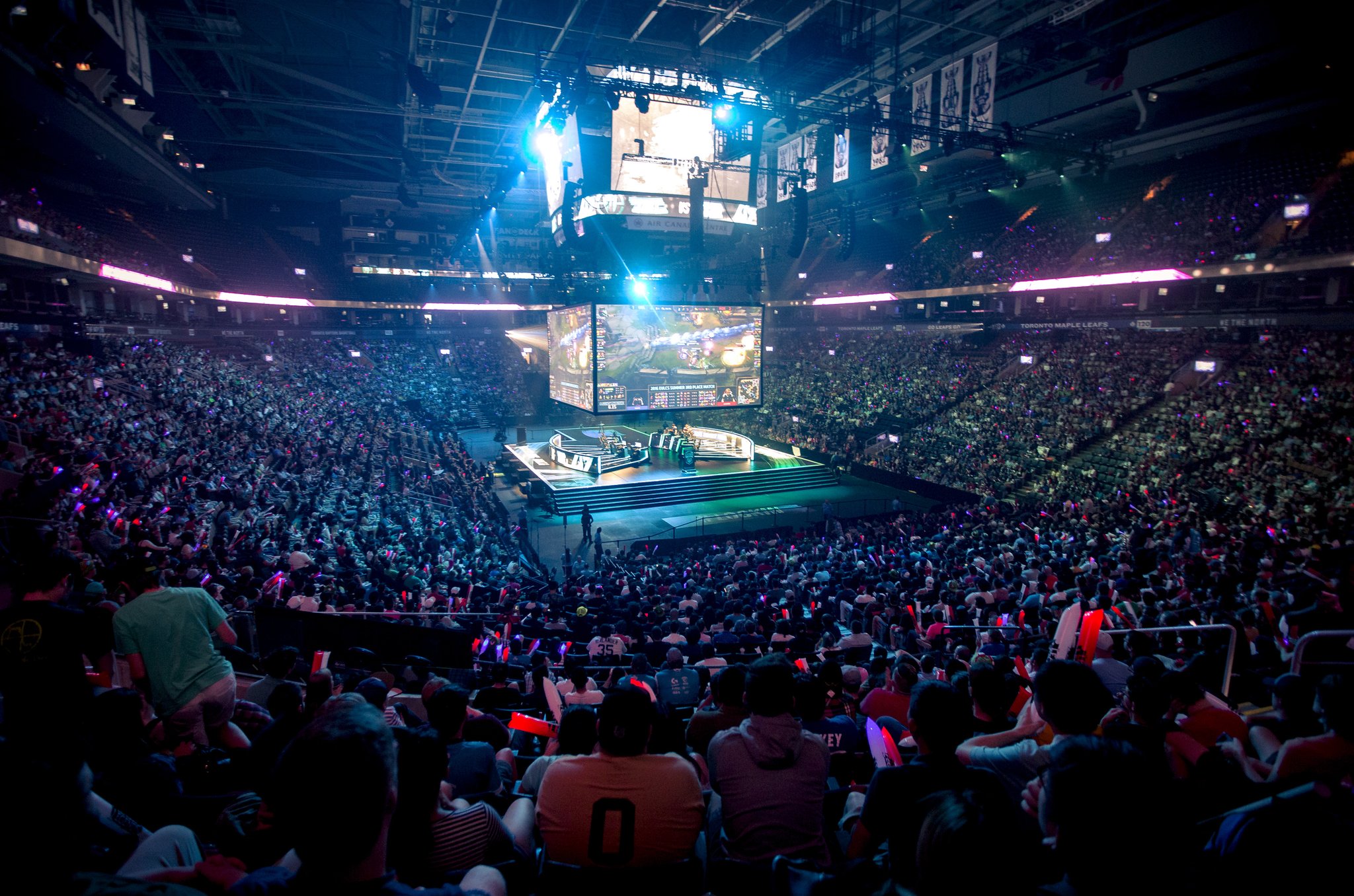
How to use Transmedia to launch a Movie Franchise
Transmedia is a buzzword that the film industry has used quite a lot in the last couple of years, from independent movies that have a companion web site and a Facebook Fan page, to the multi-million dollar interactive experience that involve games, web sites and live events. But what all these different, so-called, ‘transmedia’ projects have in common is the desire of their producers to engage an audience using digital and social media tools.
The distribution and monetisation of content in multiple platforms or mediums is not new. Major studios and networks have been doing it for decades.They were the gatekeepers that controlled the access to audience; they were the ones that had the sufficient marketing power to promote their content to an audience on every single platform that became popular. What the transmedia approach and the digital platforms are bringing to the table that is new, is the fact that independent filmmakers are now able, for the first time, to directly connect with their audience using social media and on-line communities without multi-million dollar campaigns. Indies are now able to create their own franchises.
Transmedia Franchise
For the first time, filmmakers can “own the audience”. They can talk to the audience and find out what they like (or dislike). The success of their movies is not 100% dependable on a film distributor or sales agent. Using a transmedia approach, directors and producers can validate their work directly with a real audience and can build a fan base and increase awareness of their project from early development stage to the premiere of the movie. During this period, that in the indie world can mean a few years, audiences can be part of the production of the movie and feel that this is their movie too. This will mean a pre-built audience willing not only to pay for a ticket to see the movie but they also become advocates that can spread the good word about the movie on their own social media profiles or directly to their (real) friends.
Without multi-million dollar campaigns, the success of an independent film is always achieved with strong word of mouth and good reviews in the press (and a few awards at the most important festivals). What the transmedia approach allows, is for the producers and the creative team to start building that word of mouth process as early as possible so it can grow, as a snowball, during all the production process, so when the movie premieres it already has an audience. The success of movies like Blair Witch Project, Paranormal Activity or more recent Kevin Smith’s Red State was the result of the buzz created by the filmmakers using the internet and social media.
Most of the so-called transmedia projects that were produced in the last couple of years are just that – transmedia brand extensions. Most studio and network executives see it only as on-line marketing tool to promote to the young crowds of movie goers the upcoming summer blockbusters or the new sci-fi based network TV series. But the concept of transmedia goes beyond that.
At my company, beActive Entertainment, we’ve been developing a script for asci-fi based feature film inspired by CERN’s Large Hadron Collider experiments. The movie is temporarily called Collider and is set to start principal photography later in September, with a release date set to the second quarter of 2013. But the story world around the movie will start to seed to its audience in June 2012.
As the main story focus on six characters mysteriously transported to a post-apocalyptic future, where they find themselves involved in a race against time to find a way to get back to the present and save mankind – and their own lives, we developed the backstory of these characters at present time in the form of six comic books (one per character). By doing this we are able to introduce the characters of movie earlier, listen to audience’s comments and reactions and probably have enough time to fine-tune the characters of the movie based on audience’s reaction to them.
The world will then be extended with an iPad and iPhone game that introduces the story of the movie and is set in the future. Here, the audience will have to follow the same path as the characters do in the movie. The idea is not to tell the same story in advance, but make audiences familiar with characters, themes and the rules of this universe that we are creating. And in the process, start building a fan base, a community that will, in the next year and half create an audience for the movie when it will be released in 2013. The full experience evolves into a web series which will be distributed for free on the internet, allowing the audience to learn what caused the apocalypse described in the movie (and allow us to test casting choices directly with an audience before we start shooting the movie).
The big Hollywood studios have been using this approach for years. Most of the movies released every summer are based on existing comic books (or other properties, like games or toys) and they already have an existing audience spread through several web sites and social media profiles, which connects with the content all year around. And then every few years a new movie comes out to satisfy the demand from this loyal fan base. But now, thanks to development of new digital media platforms, small independent producers can use the same approach and increase brand awareness of their movies and establish their own franchises.
Does this transmedia approach fit all film projects? It depends on the filmmaker’s plans for his work. I usually say that the transmedia franchise approach, because of the commitment in time and resources, only makes sense if you see yourself producing sequels. If you are only interested in producing a one-off movie, a little small character-driven drama, probably the franchise approach doesn’t suit you. But even so, you can use some of concepts of transmedia to build your audience, your fan base, and to feed the content development stage.
The secret is to involve your audience as early as possible. Ask for their participation, let them help, whatever suggesting plot points or casting, to more sophisticated approach’s can be letting the audience create some elements for your movie, from posters, web sites or communities. If the audience is involved in the making of your movie, they will be the first ones to want to see your (and theirs) work. They will be the ones promoting your movie and getting their friends and family to join them on this experience.
The big complaint I keep hearing from film producers is that transmedia is more work for less money. It’s true that the majority of distributors and traditional funders will not give you any additional money for the production of the transmedia elements, but the truth is that power of having a pre-existing audience, a loyal fan base, is probably more important for your movie. Unfortunately we live in a world overcrowded with movies but audiences are becoming smaller. If you have your own built in audience of fans, you have more chances to succeed. Film distributors, sales agents and exhibitors are not just looking for good movies. They are also looking for movies with pre-built audiences.
Article originally posted on MipBlog on May 1, 2012.







